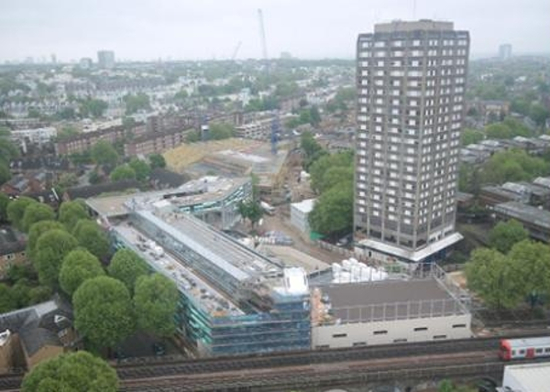Updated: Grenfell fire highlights 'serious failure' and cladding concerns
Standards related to the connection of utility supplies and fire detection systems are likely to be revisited following a catastrophic fire at a residential tower block in London.

Experts are also questioning whether cladding added to the building contributed to the disaster.
Forty fire engines and over 200 firefighters and officers were called to the Grenfell tower block in North Kensington at 0054 on June 14, 2017 to tackle a blaze that had engulfed the building.
Dany Cotton, London Fire Commissioner said: “This is an unprecedented situation, with a major fire that has affected all floors of this 24 storey building, from the second floor up. In my 29 years with London Fire Brigade I have never seen a fire of this nature.”
Built in the 1970s, the Grenfell tower block had last year undergone a £10m refurbishment that saw the bottom four floors remodelled to create nine new homes, plus the addition of rain screen cladding, replacement windows and curtain wall façades. Internally, a new communal heating system and smoke extraction and ventilation system were fitted.
Register now to continue reading
Thanks for visiting The Engineer. You’ve now reached your monthly limit of news stories. Register for free to unlock unlimited access to all of our news coverage, as well as premium content including opinion, in-depth features and special reports.
Benefits of registering
-
In-depth insights and coverage of key emerging trends
-
Unrestricted access to special reports throughout the year
-
Daily technology news delivered straight to your inbox










National Gas receives funding to develop Gravitricity underground hydrogen storage system
One single rock salt mine - Winsford - has 23 <i>MILLION </i>cubic metres of void and even allowing for 10% of that void set aside for hazardous waste...